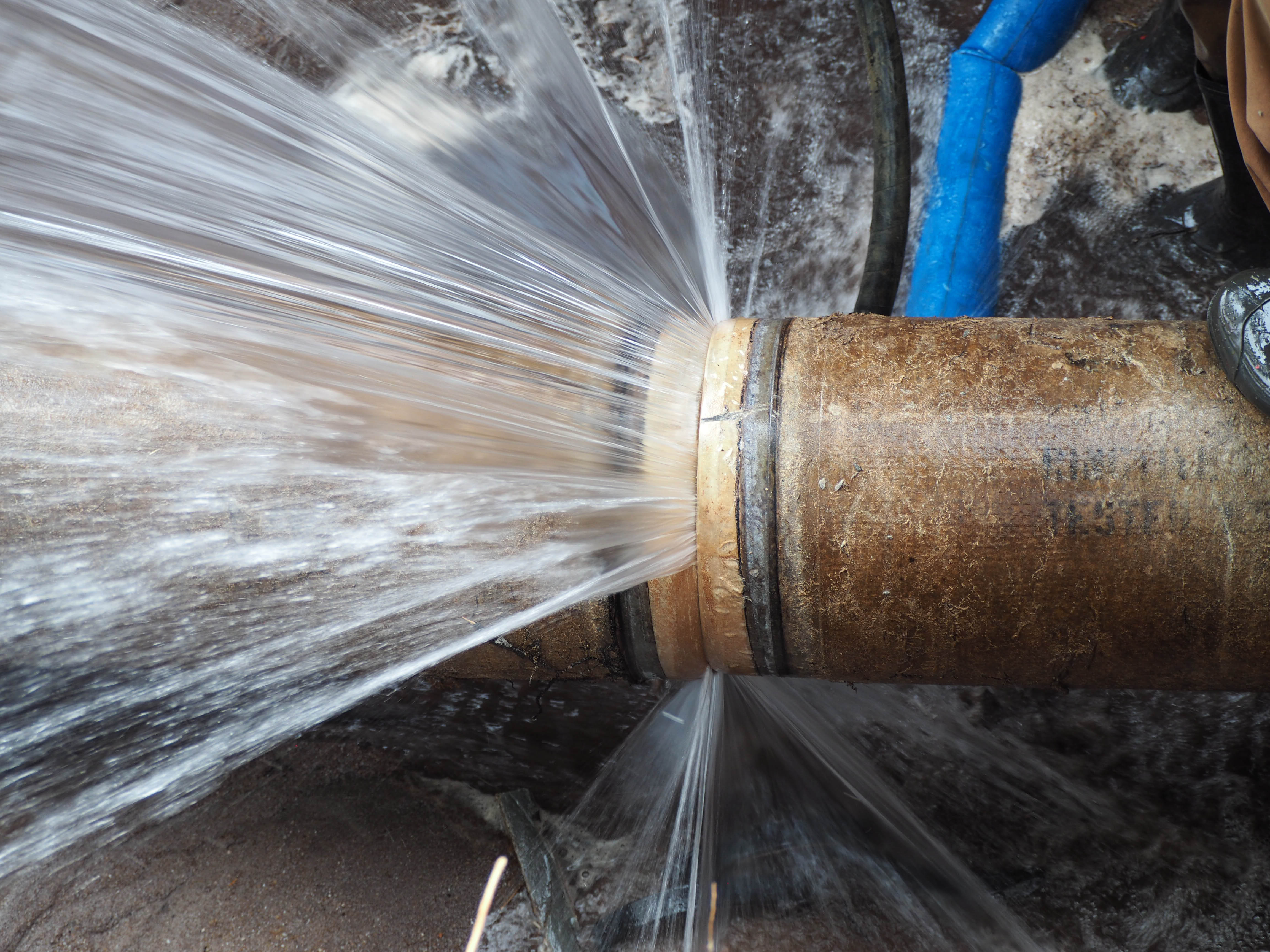How to Protect Your Plumbing from Cold Weather: Essential Tips
How to Protect Your Plumbing from Cold Weather: Essential Tips
Blog Article
How do you really feel in relation to Preventing and dealing with frozen pipes?

Cold weather can wreak havoc on your pipes, particularly by freezing pipes. Below's exactly how to stop it from taking place and what to do if it does.
Intro
As temperatures decline, the danger of icy pipes increases, possibly causing costly fixings and water damage. Recognizing exactly how to avoid frozen pipelines is vital for home owners in chilly environments.
Avoidance Tips
Shielding prone pipes
Cover pipes in insulation sleeves or utilize heat tape to shield them from freezing temperatures. Concentrate on pipelines in unheated or external areas of the home.
Heating strategies
Keep indoor spaces appropriately heated, especially areas with pipes. Open up cupboard doors to allow cozy air to flow around pipelines under sinks.
Just how to identify frozen pipelines
Try to find decreased water circulation from faucets, unusual smells or sounds from pipelines, and visible frost on revealed pipelines.
Long-Term Solutions
Structural changes
Think about rerouting pipelines away from exterior wall surfaces or unheated areas. Include added insulation to attics, cellars, and crawl spaces.
Updating insulation
Buy top quality insulation for pipelines, attic rooms, and walls. Proper insulation assists preserve consistent temperature levels and reduces the threat of frozen pipelines.
Shielding Outdoor Plumbing
Garden hoses and exterior faucets
Disconnect and drain garden hoses before winter season. Set up frost-proof spigots or cover outdoor faucets with insulated caps.
Recognizing Icy Pipes
What triggers pipes to ice up?
Pipelines ice up when subjected to temperature levels below 32 ° F (0 ° C) for extended durations. As water inside the pipelines ices up, it broadens, taxing the pipeline wall surfaces and possibly creating them to rupture.
Threats and damages
Frozen pipelines can bring about water disruptions, residential property damages, and pricey repairs. Ruptured pipes can flooding homes and create comprehensive structural damages.
Indications of Frozen Water Lines
Identifying icy pipelines early can prevent them from bursting.
What to Do If Your Pipes Freeze
Immediate activities to take
If you presume icy pipes, maintain taps open up to relieve stress as the ice melts. Use a hairdryer or towels soaked in hot water to thaw pipelines slowly.
Final thought
Protecting against icy pipes needs aggressive measures and quick actions. By comprehending the causes, indicators, and preventive measures, property owners can safeguard their pipes throughout cold weather.
6 Proven Ways to Prevent Frozen Pipes and Protect Your Home
Disconnect and Drain Garden Hoses
Before winter arrives, start by disconnecting your garden hoses and draining any remaining water. Close the shut-off valves that supply outdoor hose bibs and leave the outdoor faucet open to allow any residual water to drain. For extra protection, consider using faucet covers throughout the colder months. It’s also important to drain water from any sprinkler supply lines following the manufacturer’s directions.
Insulate Exposed Pipes
Insulating your pipes is an effective way to prevent freezing. Pipe insulation is readily available at home improvement stores and is relatively inexpensive. Pay close attention to pipes in unheated areas such as the attic, basement, crawl spaces, or garage. Apply foam insulation generously to create a buffer against the cold. You can also wrap your pipes in heat tape or thermostat-controlled heat cables for added warmth.
Seal Air Leaks
Inspect your home for any cracks or openings that could let in cold air. Seal any holes around the piping in interior or exterior walls, as well as the sill plates where your home rests on its foundation. Additionally, make sure to keep your garage door closed unless you’re entering or exiting. Leaving it open creates a significant air leak that can lead to frozen pipes.
Allow Warm Air Circulation
During cold snaps, it’s essential to allow warm air to circulate evenly throughout your home. Leave interior doors ajar to promote better airflow. Open kitchen and bathroom cabinets to help distribute heat consistently around the rooms. If you have small children or pets, be sure to remove any household chemicals or potentially harmful cleaners from open cabinets for safety.
Let Faucets Drip
A small trickle of water can make a big difference in preventing ice formation inside your pipes. When temperatures drop significantly, start a drip of water from all faucets served by exposed pipes. This continuous flow helps prevent the water from freezing. Additionally, running a few faucets slightly can relieve pressure inside the pipes, reducing the chances of a rupture if the water inside does freeze.
https://choateshvac.com/6-proven-ways-to-prevent-frozen-pipes-and-protect-your-home/

I am very interested by Preventing and dealing with frozen pipes and I am hoping you appreciated the entire blog post. Those who liked our blog entry if you please consider to share it. I praise you for being here. Kindly come visit our website back soon.
Book Appointment Report this page